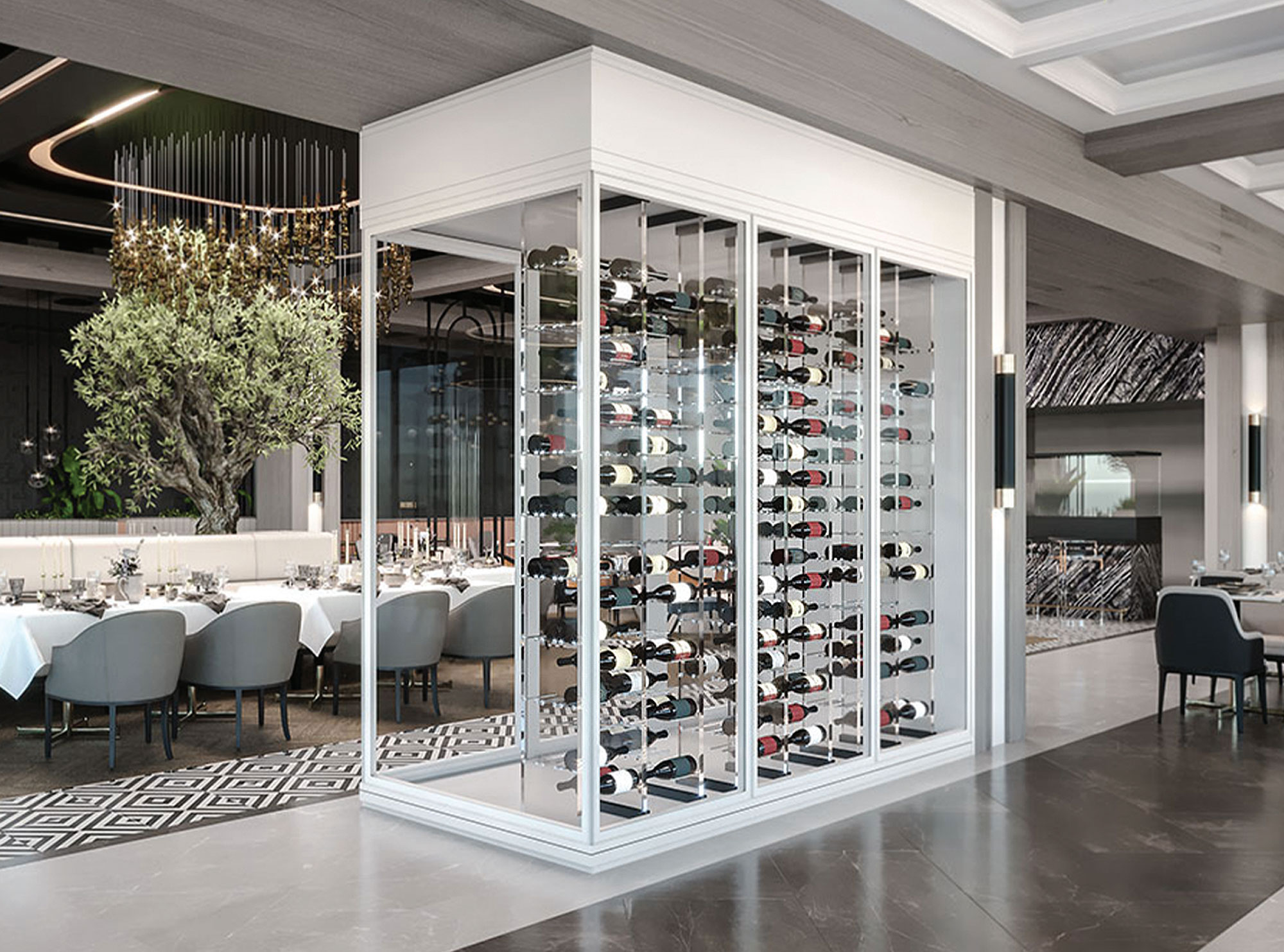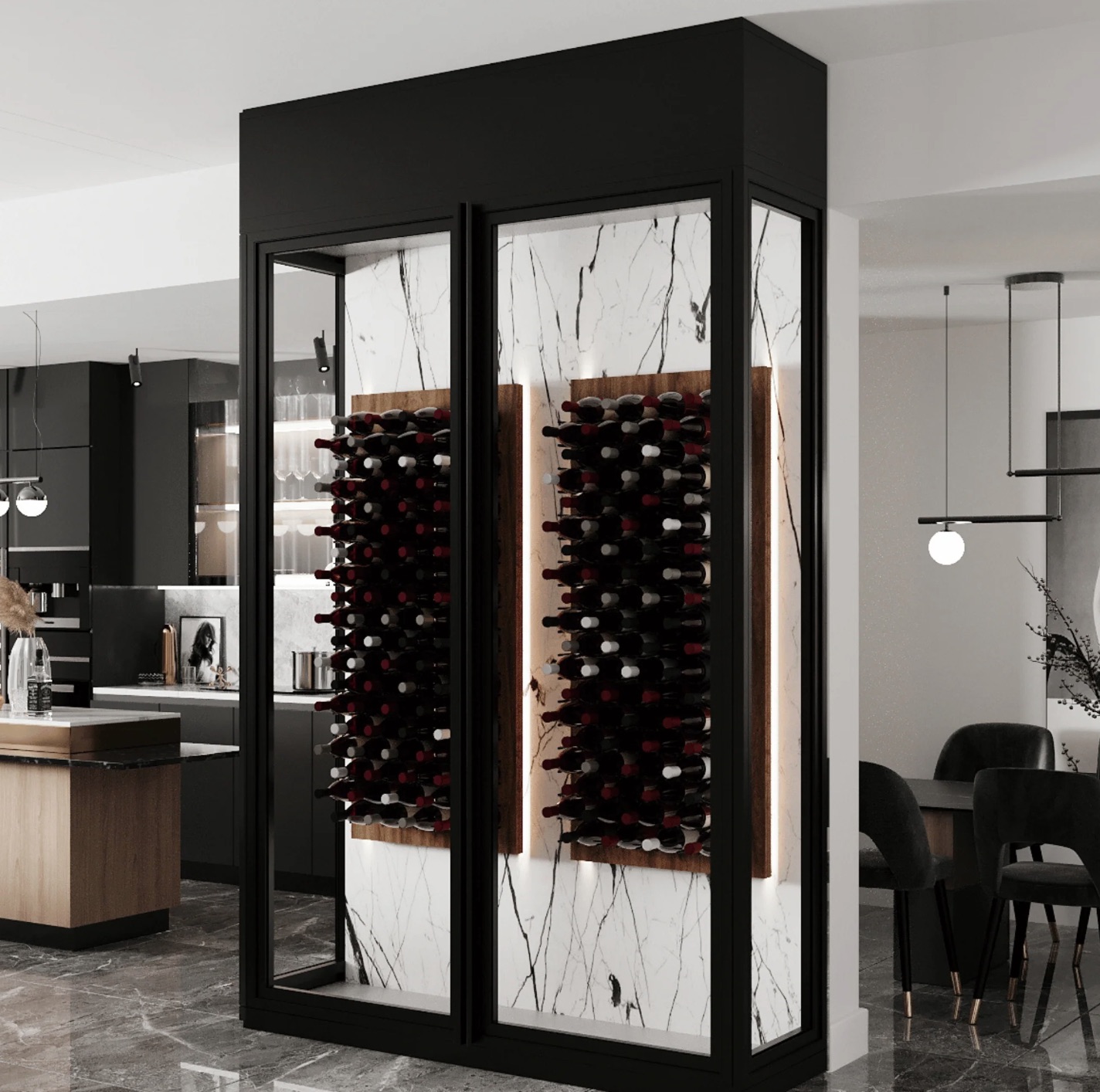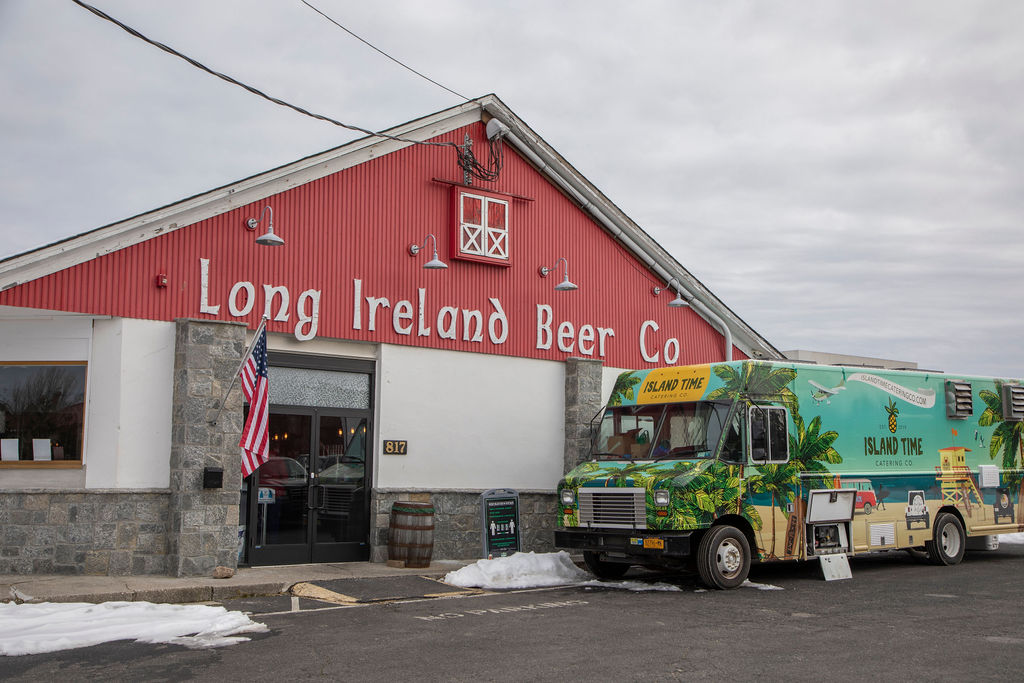East End Wine Cellars Explains Why Homeowners Love Vitrus Enclosures

Wine storage has come a long way since the amphora and the caverns of ancient Europe. Naturally, for millennia, the cellar environment was commonly the go-to place to keep your goods from spoiling.
Ever since, the connoisseurs among us have been re-thinking ways to store wine, trying to figure out the best way to ensure that your precious liquids don’t turn to vinegar.
In recent years, there’s been a movement toward more systematic ways of storage, like the temperature-controlled room in your home, the off-site storage facility, and the dedicated wine library.
But today’s hottest home-wine-related storage system is the glass-enclosed wine enclosure, a temperature-controlled device that’s also a prominently displayed architectural feature of your home.
While traditionalists might prefer a more classic, wood-framed aesthetic, or even a cellar, modern home-buyers are hot for these sleek modular systems that are easy to incorporate into floor plans and vibe more seamlessly with the favored steel-and-glass architecture of many boxier new home builds.
And they can be made free-standing or as a built-in.
Made by Canadian company Vitrus in Turkey, and sold and installed by East End Wine Cellars, the units can run up to $70,000 and can be built to specs as small as 3 x 3 feet and as large as 12 x 6 feet.

With regulated thermal insulation and ultimate air-tightness, the racked enclosures also block the harmful effects of light and are self-contained to eliminate refrigerant piping and drain connection, making them relatively easy to install anywhere in your home.
“Vitrus enclosures keep up with the current architectural demand, but they’re also incredibly efficient, which is something that’s not common for glass-and-steel enclosures,” said Bud Handel, owner of East End Wine Cellars, who’s been making custom-built wine cellars in the Hamptons for 40 years.
“These Vitrus units are made like bulletproof, they’re just incredibly well-made, they’re incredibly efficient, and I believe they will satisfy the look that designers and architects and homeowners [want now] and that seems to be prevalent now.”
Handel said Vitrus units can be put on any floor of a home and are easy to install — “very much like if someone was to order a new Sub-Zero refrigerator, which actually will cost much more than some of these wine enclosures …”
The product is also popular with golf clubs and other member-driven clubs that now include wine storage as a perk. It’s all part of the design trend toward making a wine collection a centerpiece of a living area.
“People want their wine on display,” said Handel. “I still build some traditional wine cellars, but the challenge is to make the unit thermally efficient … the other issue is that there are only so many I can build per year, but with this product, I can meet all the demands.”
Unlike other wine enclosures, Vitrus units can be framed with any kind of wood or veneer, while the rest of the structure can be made entirely of glass.
“New constructions want this look,” said Handel. “Any spec home builder will ask for something that has a lot of pizzazz, so that when someone walks into a great room with a wine enclosure and it’s got great lighting there’s a wow to it … I see this as a boon for builders, too. Spec builders can just say, yeah, give me one in this size.”
Handel has built custom wine cellars for Hamptons clients for 40 years, some of which have cost upwards of $200,000. The Vitrus wine enclosures, he said, have a more accessible price point, ship easily by crate, and have a seamless quality perfect for modern Hamptons interiors.
For more information, visit: longislandwinecellars.com









